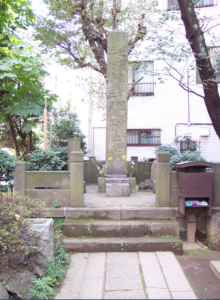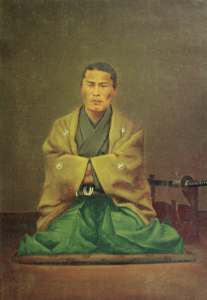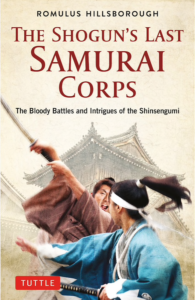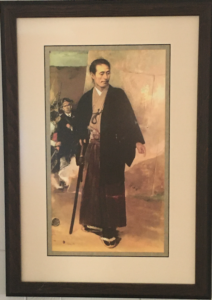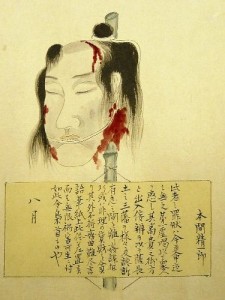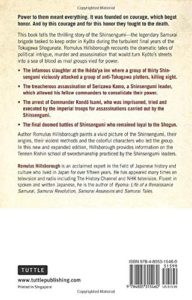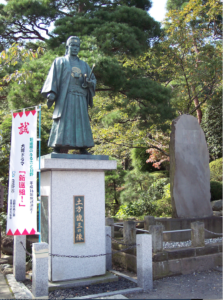[Wanted: International media professionals with vision to make a miniseries based on Romulus Hillsborough’s Samurai Revolution]
The Samurai Revolution: a series of tumultuous events of the mid-19th century by which Japan was transformed from a country of hundreds of feudal domains under the hegemony of the Tokugawa Shogun, into a modern industrialized world power under the unifying rule of the Emperor. “The samurai revolution at the dawn of modern Japan,” as I wrote in the Prologue of my eponymous history of the era, “is a human drama of epic proportion unfolding amid a whirlwind of world-shaping events of such complexity and speed that sometimes even the leading players got lost in the maelstrom.” Featured is a cast of samurai, historical personages all, engaged in Machiavellian maneuverings among leaders of the shogun’s government, the most powerful feudal lords, and nobles of the Imperial Court; intrigue among nobles at the Imperial Palace and the ladies of the shogun’s inner-palace, one of whom was rumored to have been raped by a close advisor to the shogun; the mysterious death of the Emperor, who some, including the British diplomat Ernest Satow, believe was actually murdered by arsenic poisoning; and numerous assassinations committed as “divine punishment” by samurai on both sides of the conflict. As the driving force behind the Samurai Revolution, the assassins, I have written elsewhere, “transformed the formerly tranquil streets of the Imperial Capital into a sea of blood. . . . Terror reigned. . . .The assassins skewered the heads of their victims onto bamboo stakes. They stuck the stakes into the soft mud along the riverbank. The spectacle by dawn was ghastly.”
* * * *
Samurai Revolutionwill make a riveting miniseries, co-narrated by Katsu Kaishu, the “shogun’s last samurai,” who is the focus on the book, and his political ally and confidant, Ernest Satow.
Interested producers and media professionals are urged to contact Romulus Hillsborough under the “Contact the Author” tab in the menu above.
“Hillsborough’s prose is cinematic and intense.” The Wargamer
“Hillsborough deserves high praise for successfully combining high drama… with meticulous scholarship.” The Daily Yomiuri
“Hillsborough does a great job of elucidating the complex customs that ruled Edo Period life and politics.“ The Japan Times
“[an] absorbing if sometimes gruesome reading for anybody who wishes to understand the chaos in which the shogunate was finally engulfed, not least for its study of significant figures on various sides of the struggle . . . .” Times Literary Supplement
[About the above portrait of Katsu Kaishu: The overthrow of the Bakufu in 1868 sparked a contained civil war that threatened to spread throughout the country, endangering Japan’s sovereignty. To avoid catastrophe, Kaishu, as commander in chief of the fallen shogun’s still formidable military, negotiated an eleventh-hour peace, including the surrender of the shogun’s castle, with the commander of the Imperial Army. For that he was considered a traitor by many in the Tokugawa camp. Behind him is a stonewall of the castle, to the left of which is a fellow Bakufu samurai, sword drawn, as if ready to attack him. The portrait is based on a photograph taken at the British Legation in Yokohama by Ernest Satow, secretary to the British minister to Japan, around the time the castle was surrendered. “I was so very sleepy at the time,” Kaishu recalled years later. “But they dragged me over there. Satow took it, because, as he said, ‘You’re going to be killed.’”]
